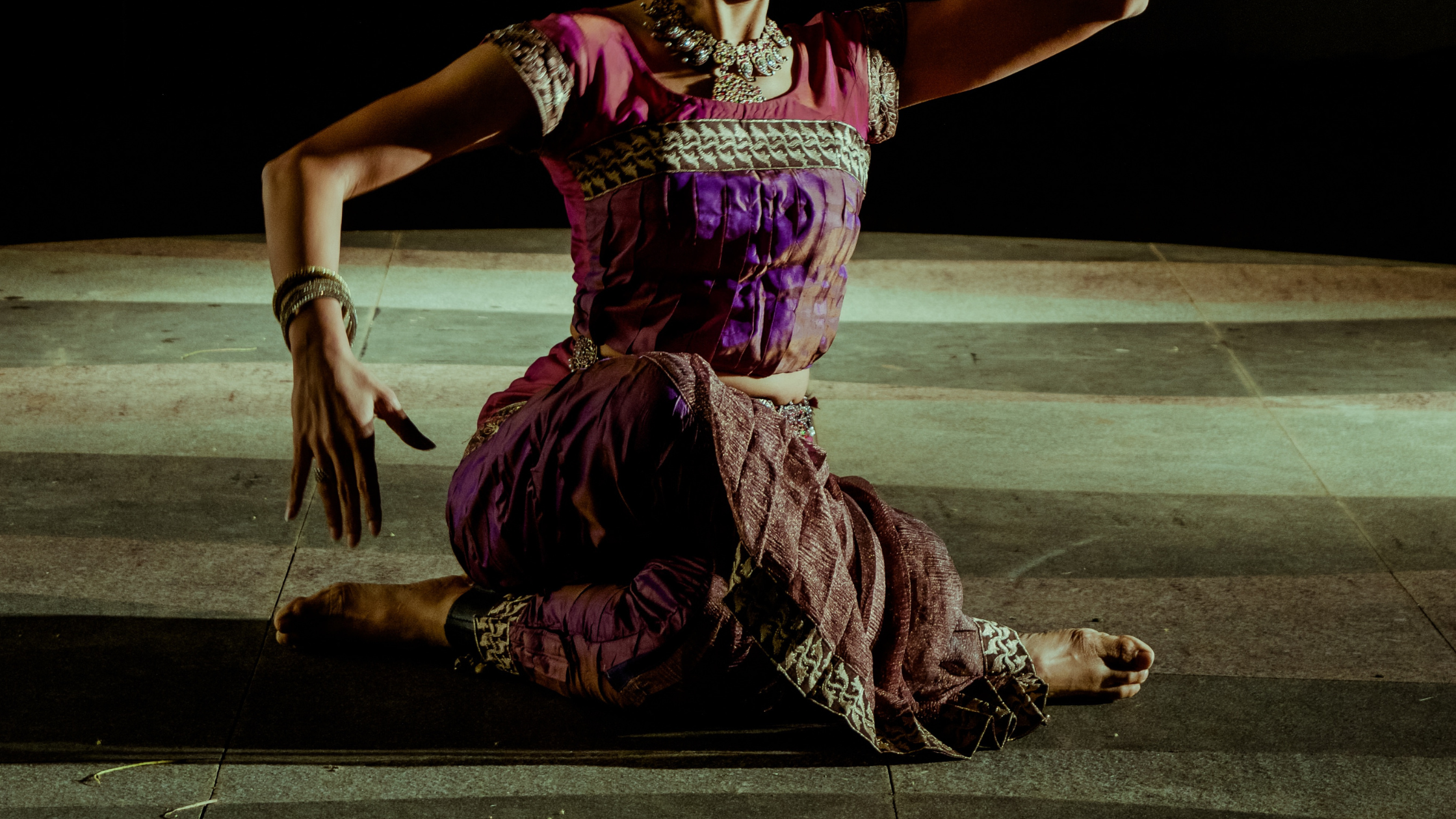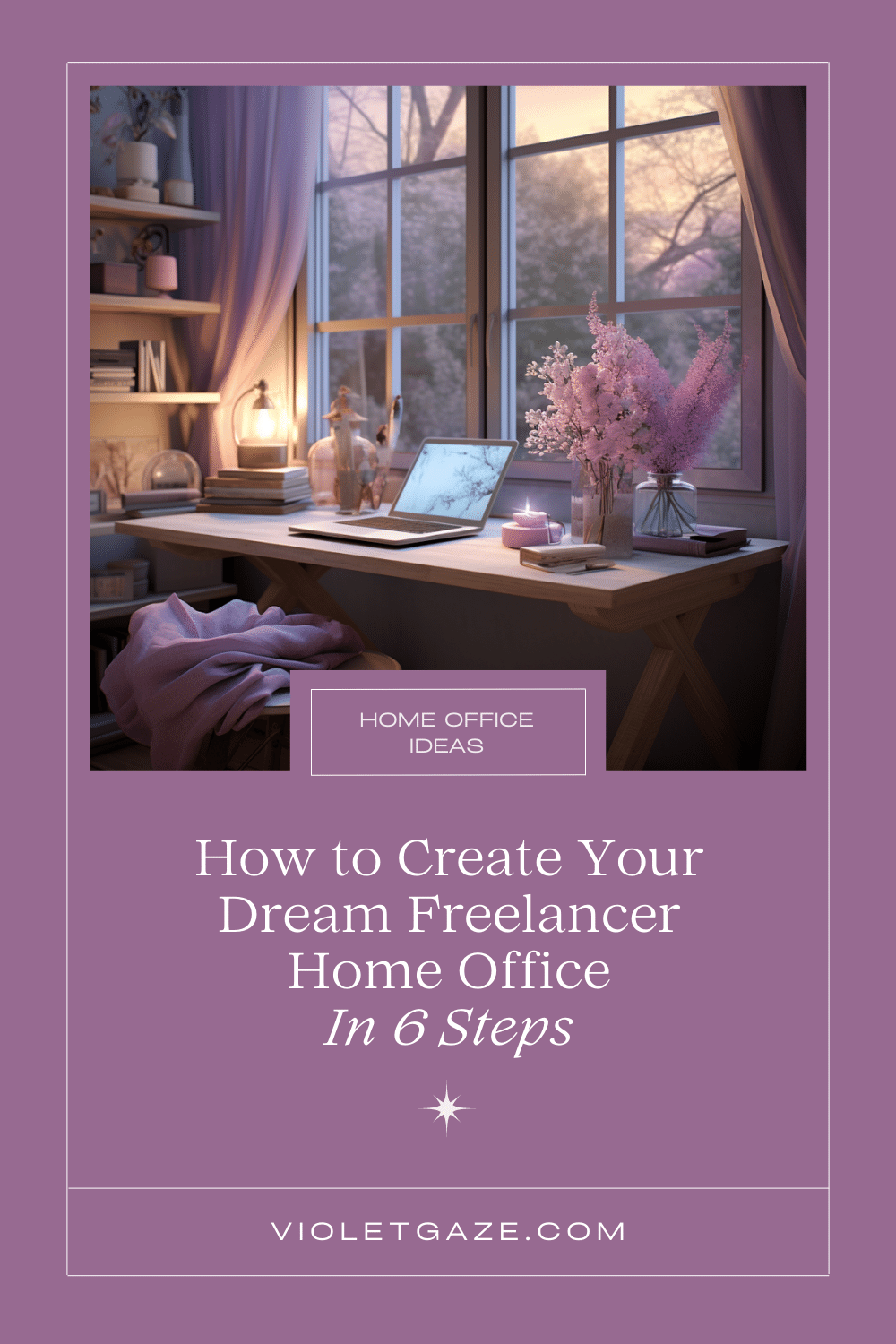You’ve felt stuck before.
Like your feet can’t move from the ground.
Like you want to express your experience fully, but your body just tightens up.
I have, too, for a long time, and quite honestly, still do, even after being exposed to some of the most life-changing instructors and mentors handing me these electrifying techniques that made me feel like I was given the entire universe practically on a silver platter.
Honing and sharpening a movement practice can be a beautiful celebration in your creative rituals, giving you access to your body in a way you may never think you could before and allowing you to fully express yourself through that beautiful case that your soul rests inside of in this life.
We’re touching on just a few of the incredible movement practices you can begin if you’re igniting (or reigniting) movement back into your creative practice.
The Role of Movement in Performance
Movement’s role in performance could live on an endless scroll wrapping many yards around the world! But a few segments particularly stand out to me when thinking about how movement is entangled with performance:
Energy— humans are hopelessly empathetic creatures. We feel sensations like second-hand embarrassment and inexplicable nerves when someone’s tapping their pen, even when we’re just an onlooker to someone else’s life. Without permission to let your body portray those emotions, you’ll feel stuck. And so will your audience.
As an actor owning a space on a stage or behind a lens, you have the awesome opportunity to influence the experience of another person. If you feel stuck, they will feel stuck too, and have a hard time reaching closer to the root of the story you’re carrying.
But with a proper movement technique, the energy in your space can go from stuck and nervous to wild and free.
Being in service to a script or song— artists have a tremendous duty to a writer. We need to fully be in service to their words, allowing our bodies to tell the story that others need to hear. We must relay the message through ourselves, and can only do so when we can break out of the cage of our stuckness, tension, and blockages so we can allow others to do so, too.
Portraying particular physicalities— when taking on a role particularly requiring enhanced power over our physicalities through limps, accents, bodily quirks, and other “impediments” (a coined by William Esper) a performer requires a mastery over their body, coordination over specific movements, and a freedom in letting a character flow through it, enhancing a story rather than distracting.
(Some) Principles of Movement for Actors and Performers
Tension Alleviation
Let’s talk about tension. While some acting practices believe actors hold different “tensions” in the body, others— like one of our favorites, the William Esper Technique— believes that the body should be free of tension.
Tension blocks emotion. We see this on subconscious levels, when we meet people with tight, small, narrow voices. Healers and vocal specialists can find dark spots of energy that were placed in their vocal chakras when they were children through traumatic experiences, like being told to “shut up.” From there, tensions are built and then live and fester in our bodies, wreaking havoc on our semblances of allowance, permission, and flow.
If we’re not able to alleviate these tensions, they’ll show up when we need them the most— when performing. We’ll cough or get a dry mouth or experience other symptoms of tension blocks living in different parts of our bodies when we owe it to ourselves and the voices we’re carrying to be free.
But when we have a truly ingrained and astute movement practice, we can start alleviating the bodily tension. And with a grounded voice practice, we can be even closer to freeing ourselves and surrendering to the art of the character or song (or both).
Intentionality
Before every movement class at the Esper Studio, Theo Morin our instructor would have us meditate. There’s a vast need for mediation and intentionality in any acting practice, and it’s no different when we’re training our bodies to coalesce with the beauty and flow required for the work we do. Intentionality can be meditation, therapy, breath practices— anything that brings us closer to the present moment so we can be fully in service to the craft.
Breath
The moment, I believe, where the voice and the body connect: through the breath. Breath is an interesting concept to throw into this puzzle— in yoga and other meditations, we’re sometimes told to take intentional, deep breaths. But in acting and performance, it sometimes looks and feels a bit different. Instead of forcing our breath, our breath follows along with the movements, shapes, sounds, and emotions that stir, giving life to our lungs and our stories.
Techniques for Movement for Actors and Performers
Williamson
The Williamson technique embodies a simple, three-part flow: contact to experience to behavior.
Contact— happens through the five senses, with enough awareness of our outside world to actually allow this to fully affect us.
Experience— how this contact translates to a visceral feeling inside the body. Transforming “the inner physical life,” allowing a fully truthful response to be let out.
Behavior— how our external physical life understands and expresses this.
Viewpoints
The Viewpoints technique represents 6 elements that make up the Viewpoints dance composition for performance technique developed by its originator, Mary Overlie: space, shape, time, emotion, movement, and story (SSTEM). These 6 different facets draw on movement, space, and physicalities as being a core focus on technical-based focus, rather than starting from emotion.
Laban
Developed by a pioneer of modern dance, Rudolf’s Laban technique divulges human movement into particular components, each with elements, that conclude into The Eight Efforts:
- Wring
- Press
- Flick
- Dab
- Glide
- Float
- Punch
- Slash
Michèle Hinde outlines her experience working with the Laban technique working with a world-renowned British director, and since then has brought the lessons she’s learned to other actors. “Other, more psychological approaches like ‘objectives/intentions’, ‘actions’ and ‘play against’ aren’t in conflict with Laban,” she describes, “but, in time, can meld with them to create contradictory, complex and varied humans, who spontaneously and truthfully Interact with other characters.”
Alexander
You might have heard of Alexander in acting or in a fitness class; both are talking about the same thing. While some acting techniques revere in holding tension in the body, the Alexander technique believes in ridding the body of harmful tension through postural changes and improved bodily habits. The movements might look small, but the changes massively reduce the pressures on your body, allowing you to move more freely in your performance and your life.
Understanding movement is recognizing a deeper part inside of you that can access far more astrological dimensions than you may have thought. With the humility of being a constant student, the curiosity of broadening your knowledge, and the youthful enthusiasm of someone who knows there’s another ladder rung to climb, you can continue polishing your outlook on your craft and sewing the fabric of a rich, creative life. ✨
Paragraph
Paragraph
Paragraph
This post may contain affiliate links, which means we'll receive a commission if you purchase through our link, at no extra cost to you.
Paragraph
Paragraph
Paragraph
Paragraph
Paragraph
Paragraph




why movement is so important as a performer
VIEW COMMENTS